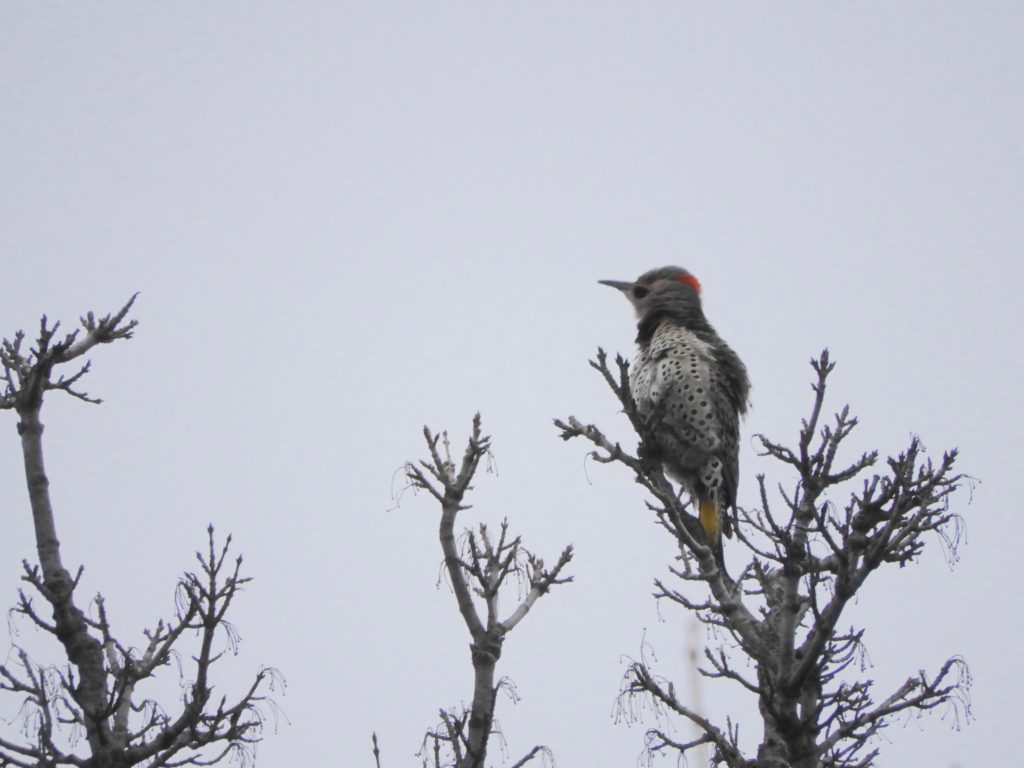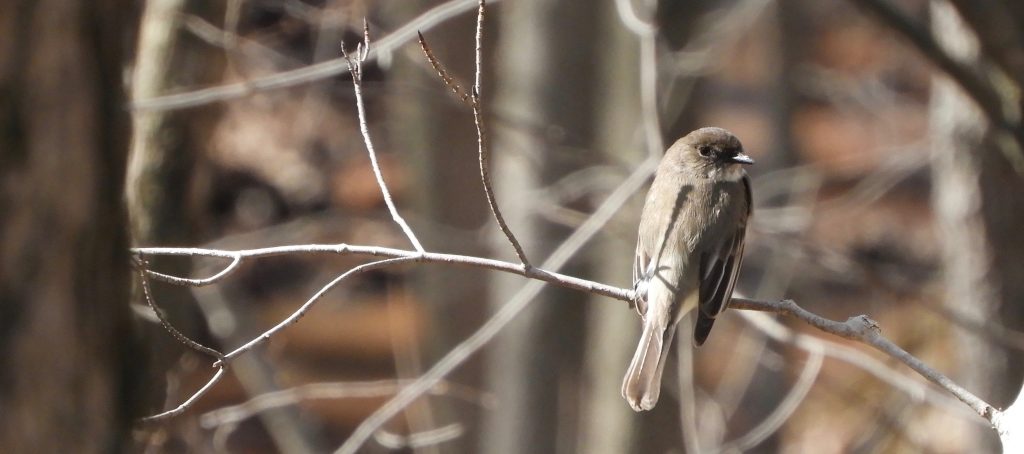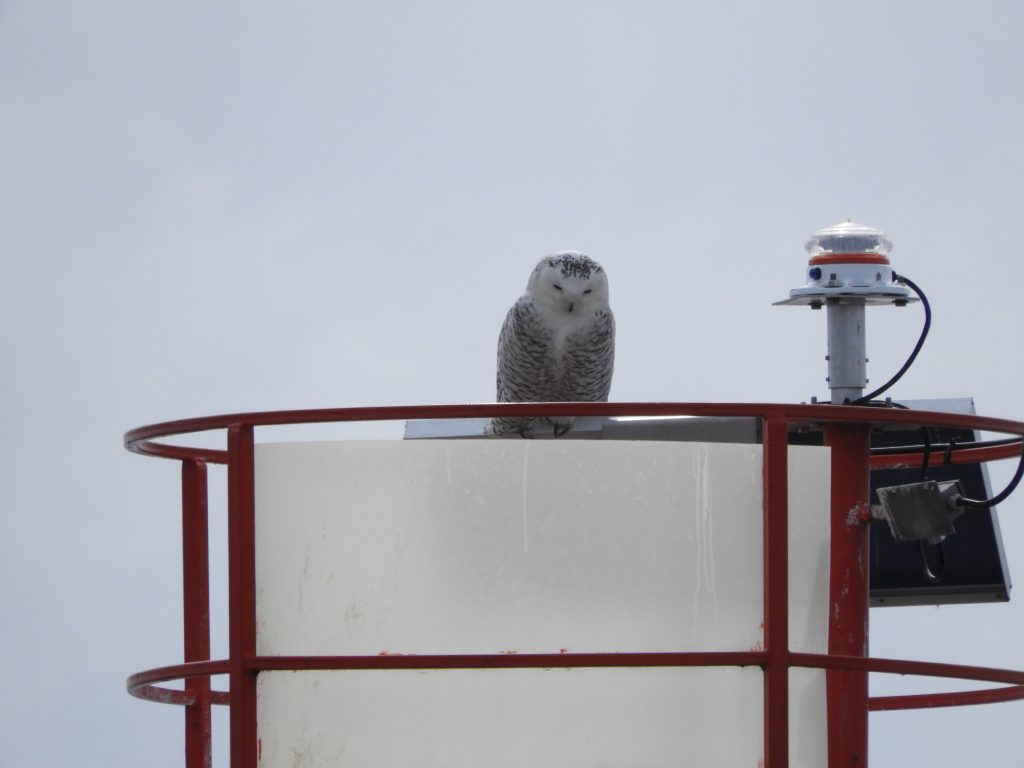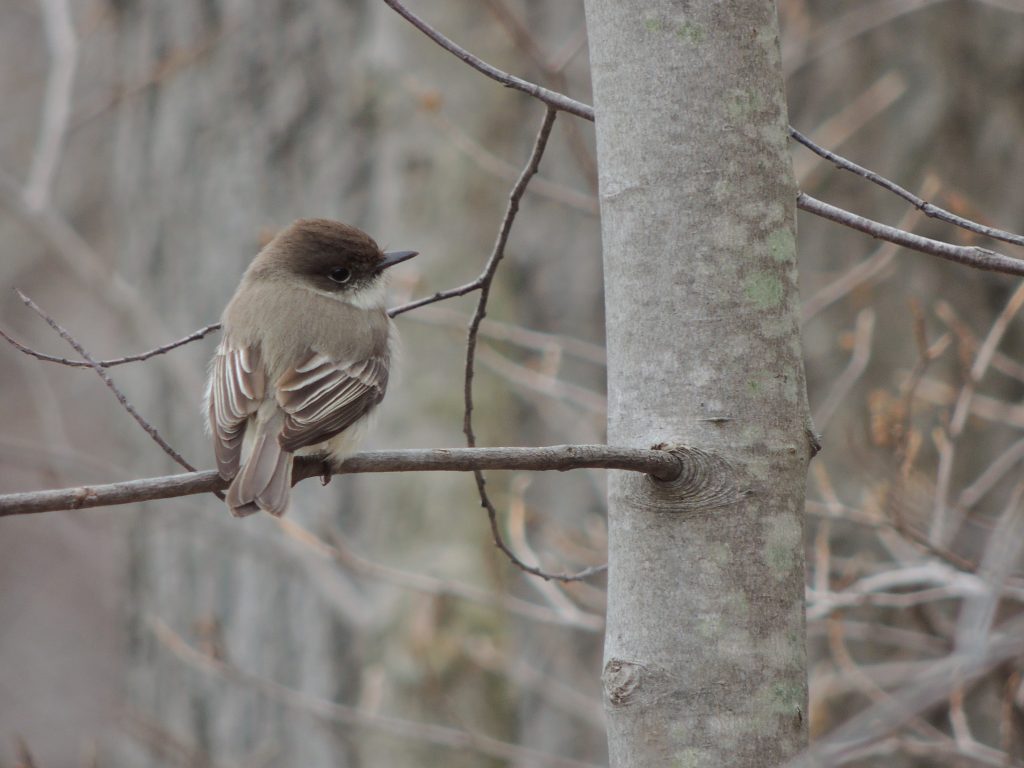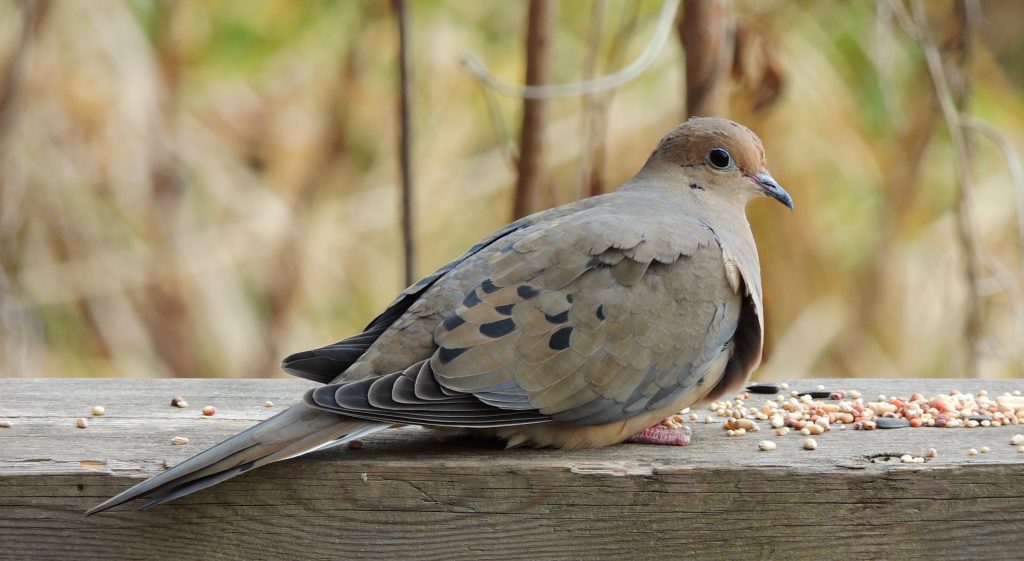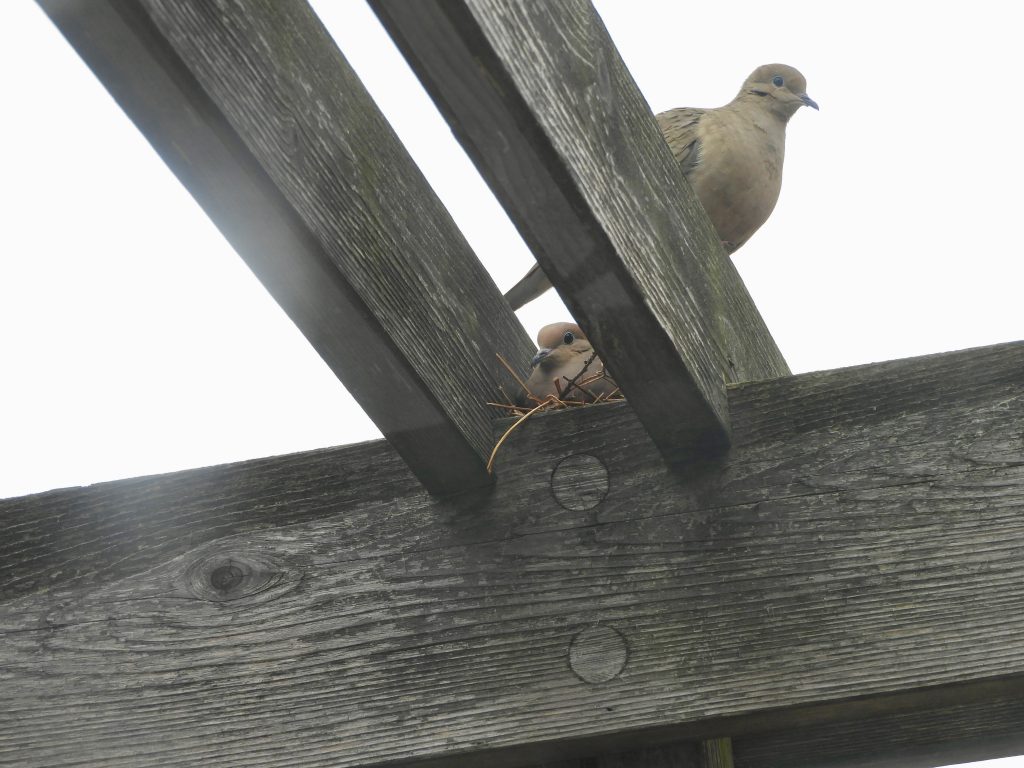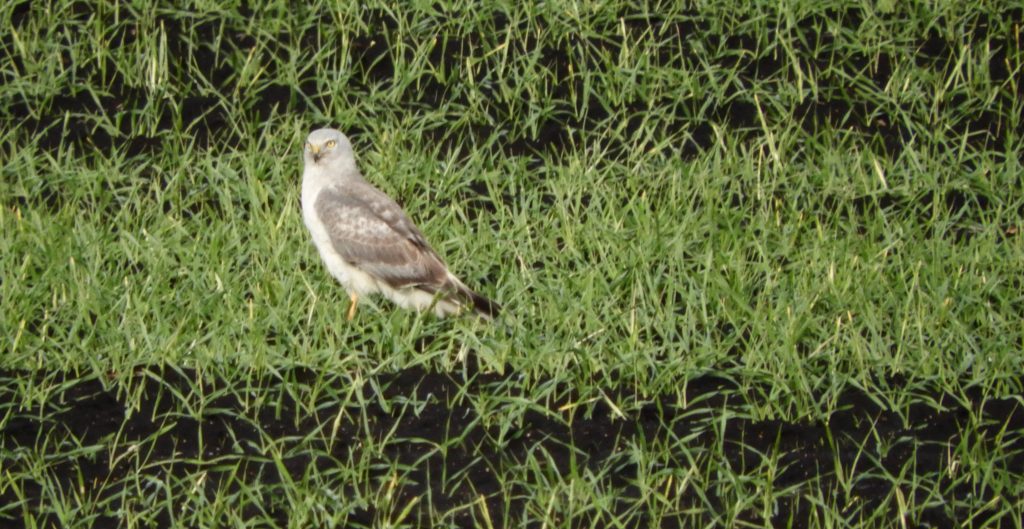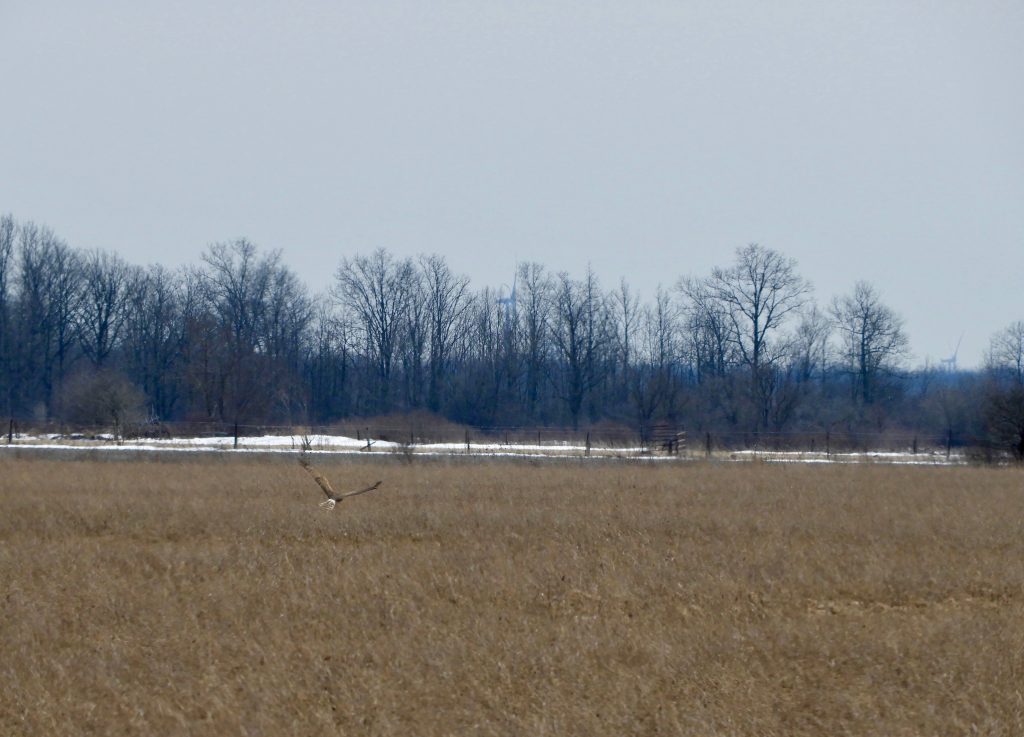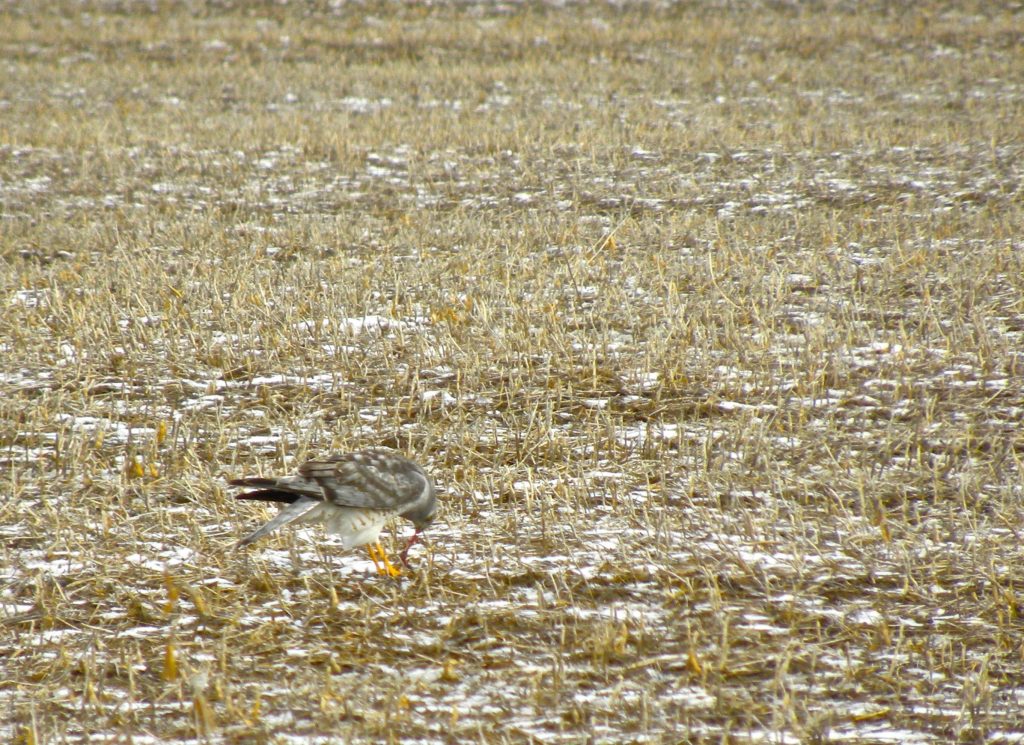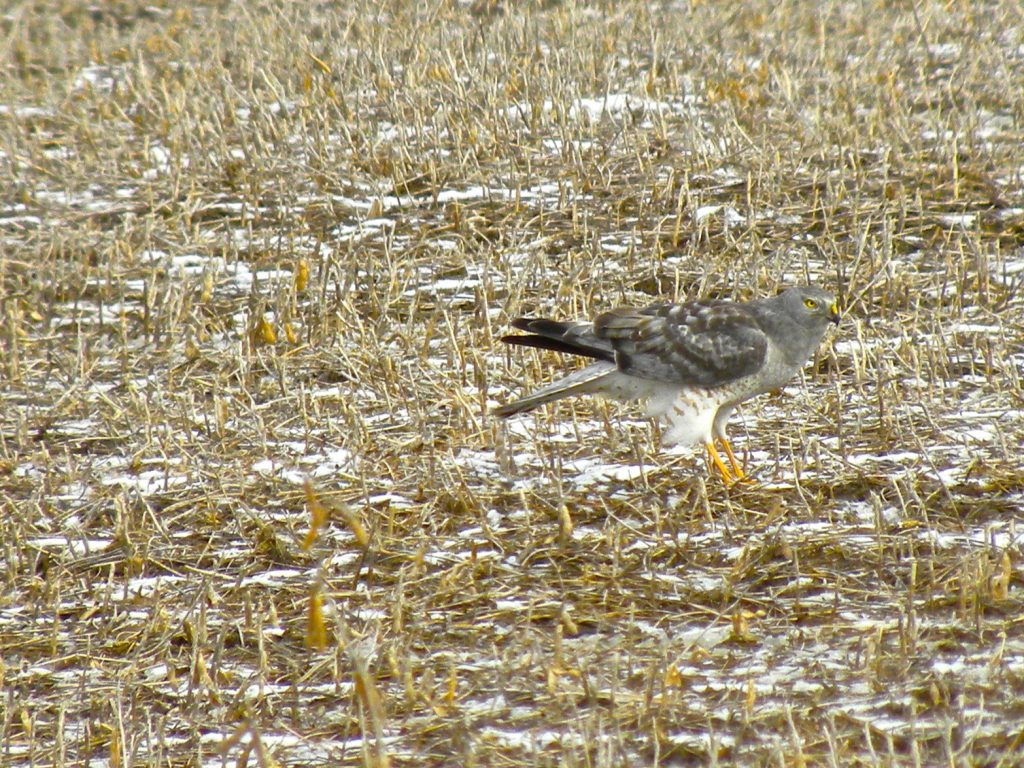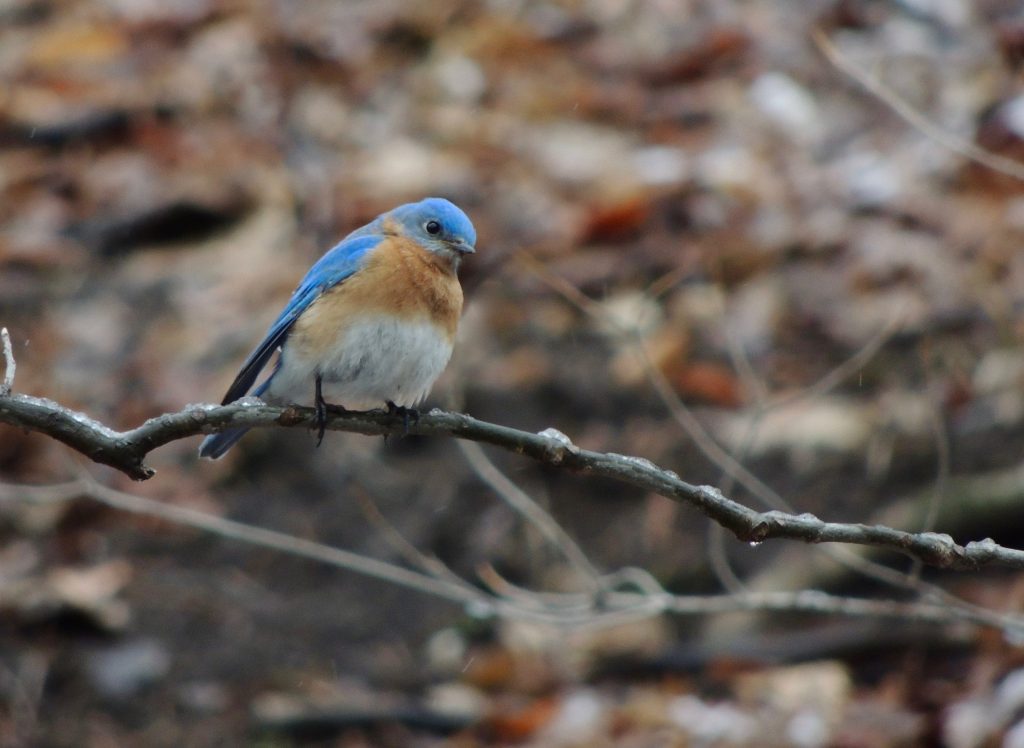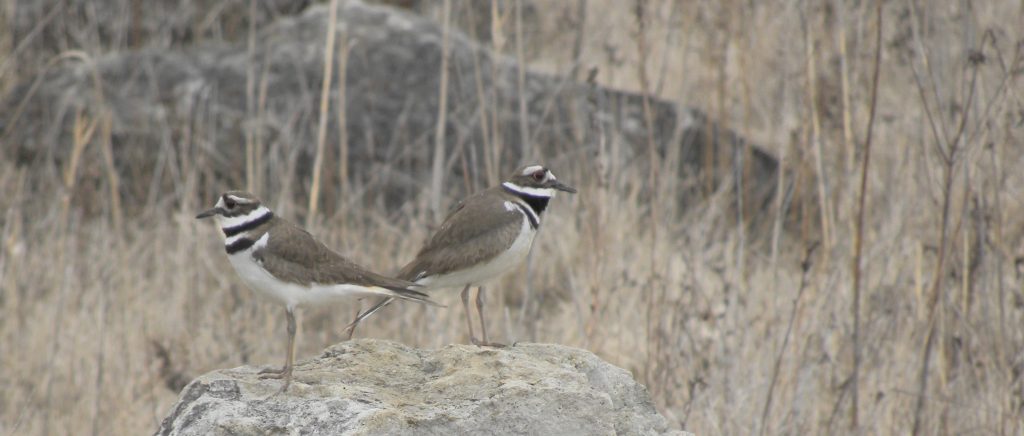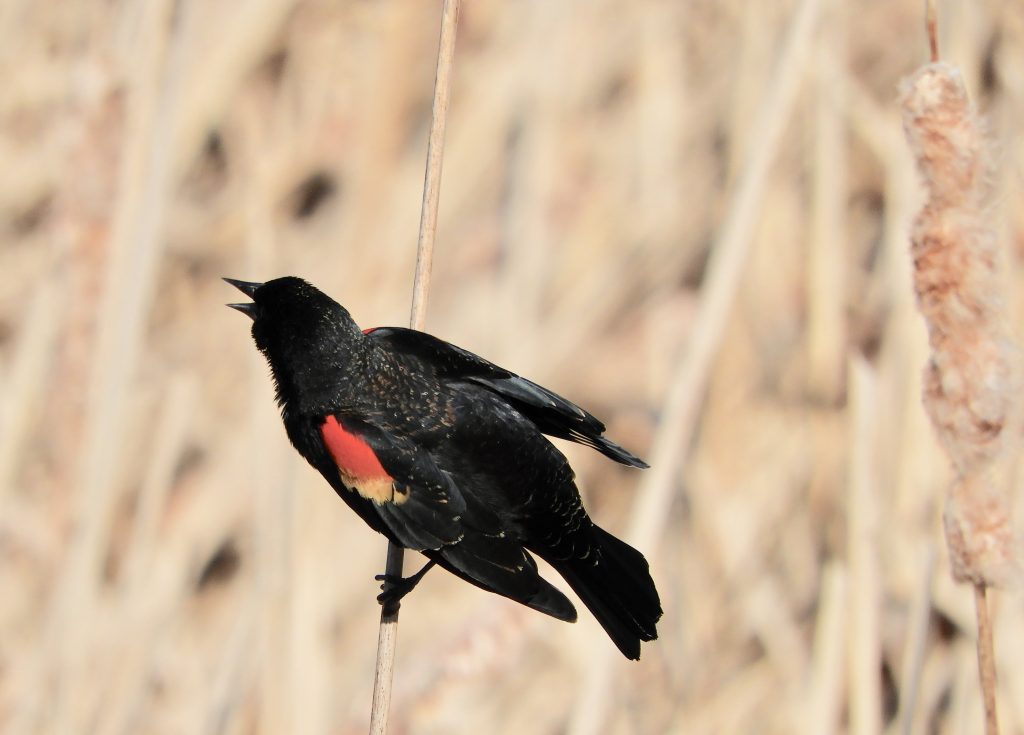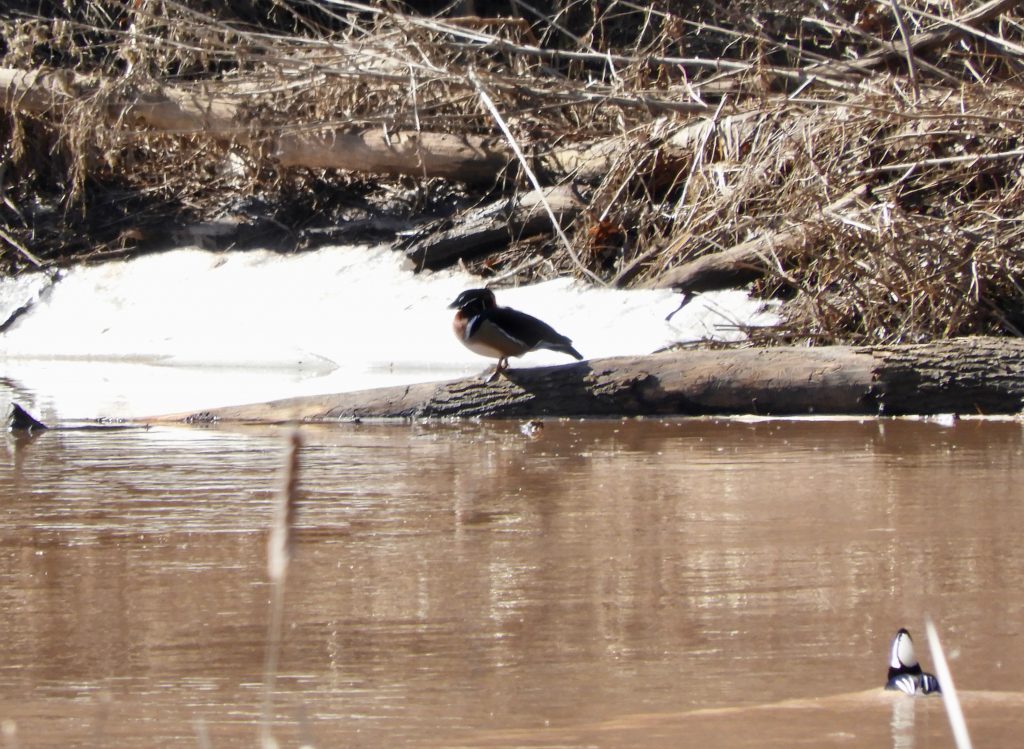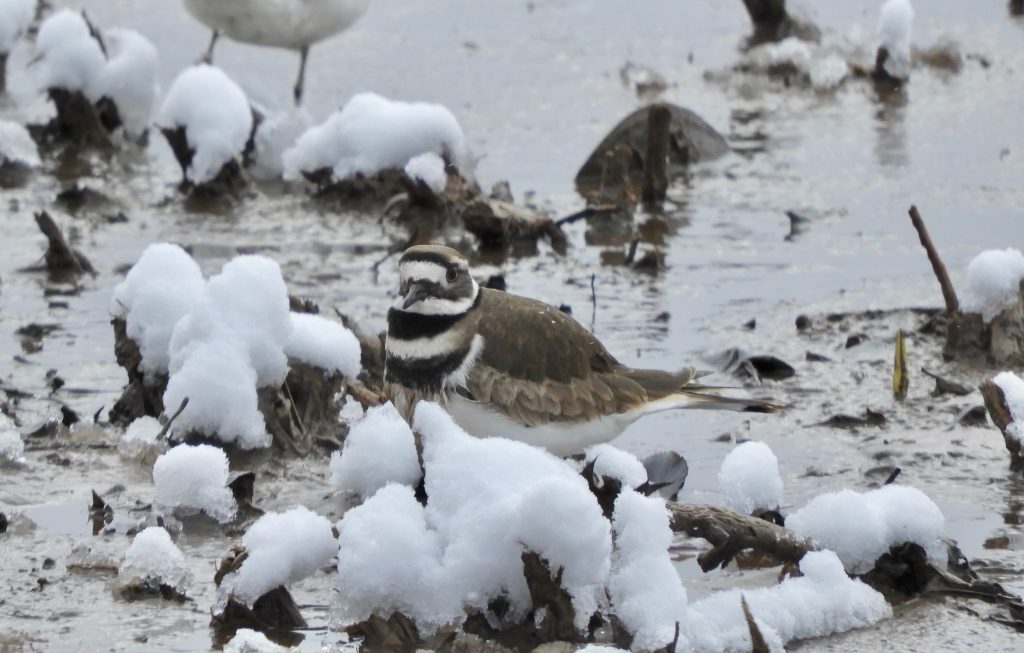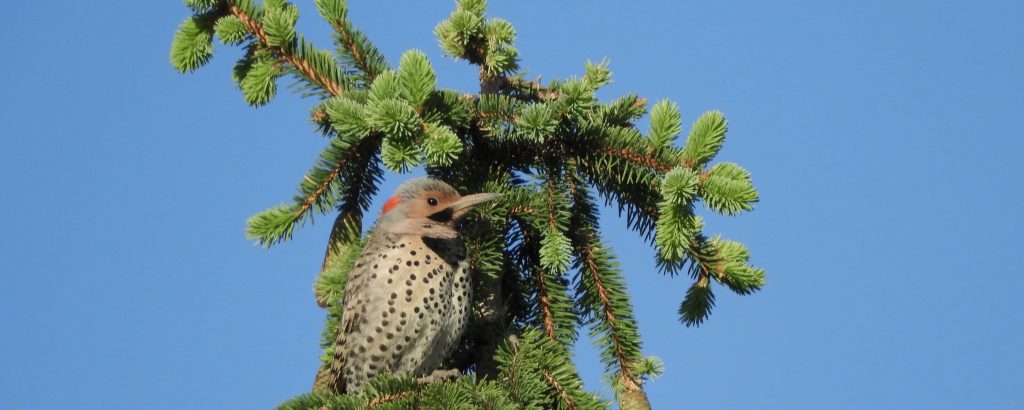 Royal Botanical Gardens Arboretum, Hamilton. ON. March 23, 2022. There are many signs of spring, maybe too many. A look back over the last half dozen posts and it’s clear that I celebrate them all for a variety of reasons: Tundra Swans, Killdeer, Red-winged Blackbirds and Eastern Phoebes. Well, today I was reminded of another, a Northern Flicker.
Royal Botanical Gardens Arboretum, Hamilton. ON. March 23, 2022. There are many signs of spring, maybe too many. A look back over the last half dozen posts and it’s clear that I celebrate them all for a variety of reasons: Tundra Swans, Killdeer, Red-winged Blackbirds and Eastern Phoebes. Well, today I was reminded of another, a Northern Flicker.
I had decided to get out of the house on a mild day, to take a leg-stretching walk and see what a wet and windy night had blown in. It was a big day for American Robins, I think there must have been a migratory surge last night, they seemed to be everywhere. On the short and narrow grass boulevard of an unremarkable urban street, I noted about twenty male robins all standing to attention the way robins do and showing off their rich, chestnut breasts.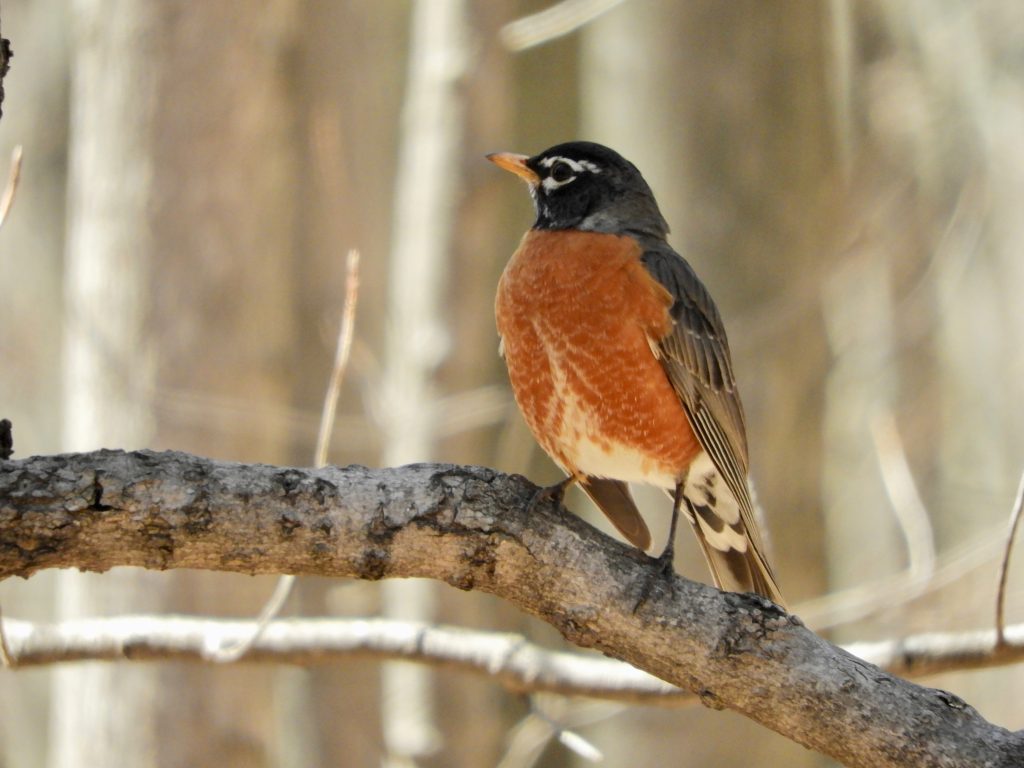
At the arboretum there were plenty of robins too: singing, calling and clucking to each other. But rising above their low-level clamour was the clear call of a Northern Flicker, just one. Flickers have quite a repertoire of calls, this was the almost defiant, stuttering KAY- KAY – KAY. It says “I’m here. Looking for friends. Anyone?” It wasn’t the best photo-op, shooting up against a bright sky is rarely a good idea but I took a chance because this bird was almost my first flicker of spring. Many more will follow, I usually count on there being lots of them by mid-April.
